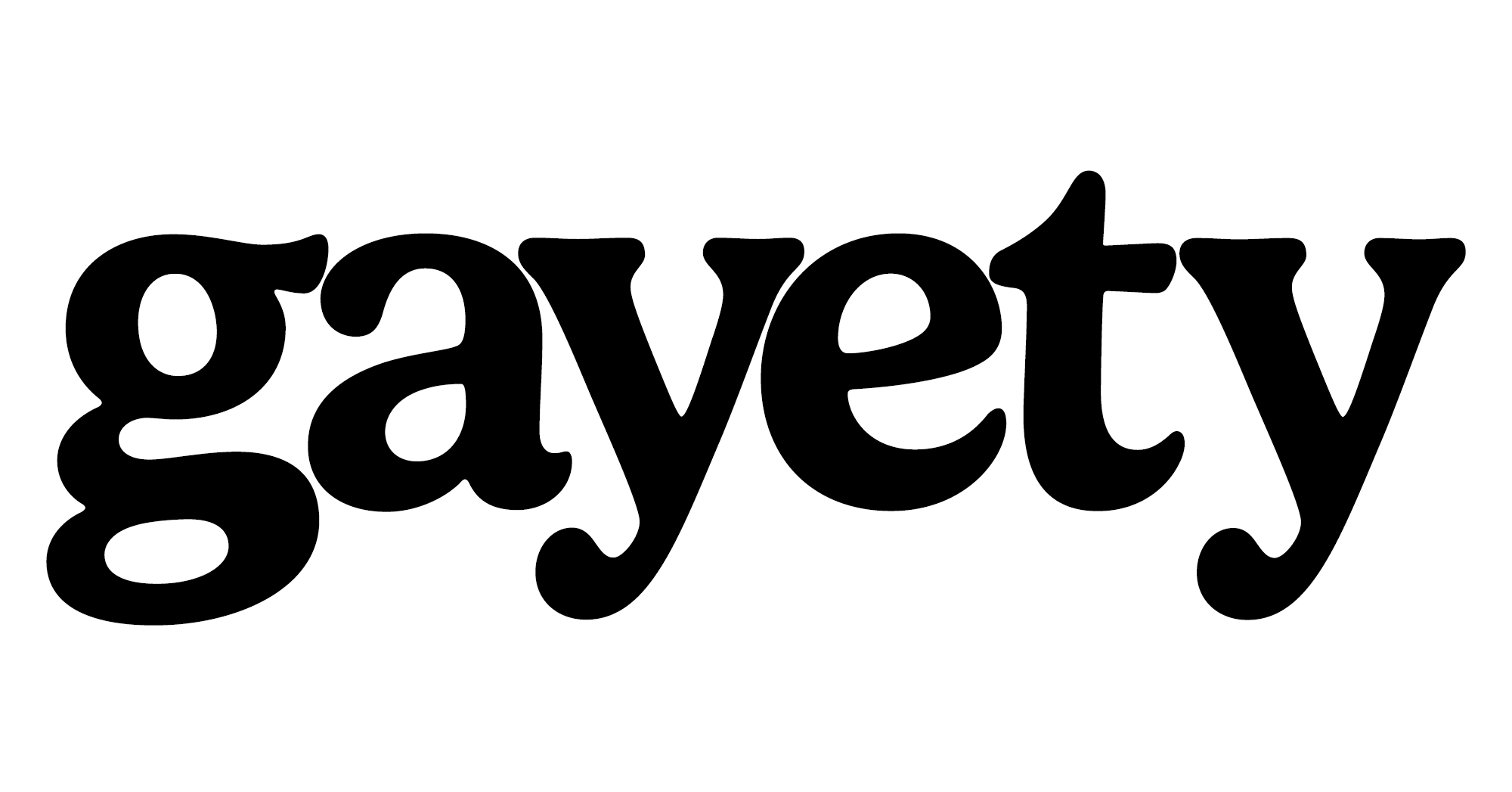A 57-year-old evangelical Christian woman from London has launched a legal challenge against Camden Council over a set of pedestrian crossings painted in the colors of the transgender pride flag. The crossings – unveiled nearly four years ago as a symbol of inclusion during Transgender Awareness Week – are now at the center of a dispute over free speech, political neutrality, and LGBTQ+ visibility in public spaces.
Blessing Olubanjo, a member of the Christian Peoples’ Alliance Party, claims the colorful crosswalks infringe on her rights as a Christian and taxpayer. Backed by the Christian Legal Centre, she is threatening legal action against the council, asserting that the trans-themed designs represent “political symbols” and therefore violate UK laws mandating neutrality in local government communications. “As a Christian and a taxpayer, I should not be made to feel excluded or marginalized by political symbols in public spaces,” Olubanjo said in a statement. “This crossing sends a message that only one viewpoint is welcome.”
The crossings in question – painted in soft blue, pink, and white – are located at the intersection of Tavistock Place and Marchmont Street in Bloomsbury, Camden. Installed in November 2021, they were intended as a tribute to the area’s LGBTQ+ history and to support the visibility of the trans community.
At the time of their unveiling, Councillor Abdul Hai, Camden’s cabinet member for young people, equalities, and cohesion, described the installations as a celebration of inclusion and a nod to the area’s queer legacy. “These crossings are not only an impressive visual statement to help celebrate transgender awareness,” he said, “but also act as a reminder of the rich LGBT+ history and daily life currently in the Bloomsbury area and across Camden.”
Legal Grounds: Neutrality or Erasure?
Olubanjo and her legal team argue the trans crossings breach Section 2 of the Local Government Act 1986, which prohibits councils from publishing material that appears to promote political parties or ideologies. Their claim rests on the interpretation that the crossings themselves constitute a form of “publication” and that trans-inclusive messaging is inherently political.
Her legal representatives have also cited the Human Rights Act 1998, arguing that the installation violates her rights to freedom of belief and expression.
Andrea Williams, chief executive of the Christian Legal Centre, echoed Olubanjo’s concerns, stating: “This is not the role of local government. Public spaces should not be used to promote contested ideologies that alienate people of faith and those who hold to biological reality.”
She added that the council’s use of public funds – reportedly £10,464 for the crossing – amounts to taxpayer money being used for what she described as “political campaigning.”
However, Camden Council has previously denied any specific connection between the location of the crossings and the nearby former site of the Gender Identity Development Service (GIDS), also known as the Tavistock Centre. That NHS service for youth gender care was closed following the recommendations of the Cass Review.
The council’s 2021 statement emphasized that the installation aimed to reflect the inclusive values of the local community – not to endorse any specific organization or agenda.
LGBTQ+ Visibility: Symbolic or “Controversial”?
Olubanjo’s challenge is the latest in a string of objections by conservative figures to LGBTQ+ visual representation in public infrastructure.
In 2023, Baroness Emma Nicholson of Winterbourne controversially claimed that a rainbow-painted crossing in Chiswick, which incorporated Progress Pride flag colors, could trigger migraines and epilepsy – an assertion that was refuted by multiple health experts.
Dr. Katy Munro, a headache specialist at the National Migraine Centre, clarified that traditional zebra crossings – due to their black-and-white, high-contrast design – are actually more likely to trigger migraines than multicolored versions.
Similarly, epilepsy advocacy group Epilepsy Action stated there was “no evidence” that Pride-colored crossings have triggered seizures, even in individuals with photosensitive epilepsy. They noted that the condition affects about 3 in 100 people with epilepsy and is typically activated by very specific light patterns – not static color designs on pavement.
A Wider Debate: Whose Streets?
Olubanjo insists that her legal campaign is about ensuring fairness and inclusion for all belief systems – not just LGBTQ+ people. “I’m standing up not just for myself, but for everyone who feels silenced or sidelined by discredited harmful activism forced on the public by ideologically captured local authorities,” she said.
However, LGBTQ+ advocates argue that crossings like Camden’s trans flag design are not about politics – they are about presence.
“These symbols send a message to queer and trans youth that they are seen and valued,” one Camden resident told Gayety. “Removing them in the name of so-called ‘neutrality’ is really about erasure.”
Many see such visibility measures – especially in light of ongoing legislative attacks on LGBTQ+ rights across the globe – as essential expressions of solidarity, not political provocation.



